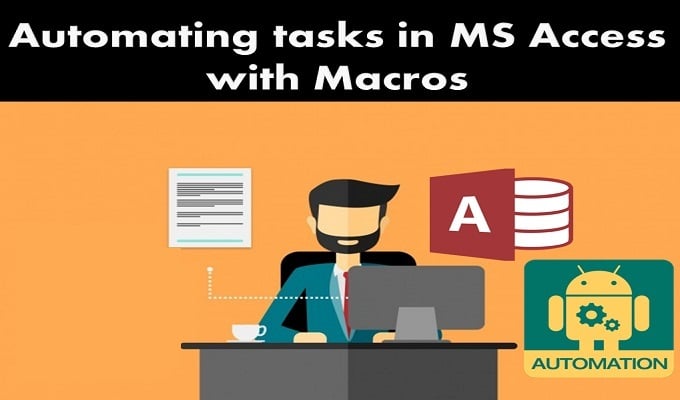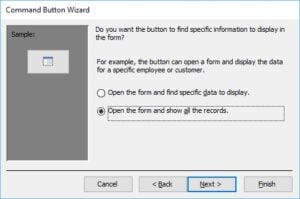This article addresses how users can set up Automation tasks in MS Access with the use of Macros.
Marco is an MS Access feature which allows users to automate tasks while adding functionalities in their reports, forms, and controls. Access’s Macros work a little differently from Word and Excel; yet are equally powerful. In Access, one can create Macros with which a user is able to record series of Keystrokes and can play them in the future.
Access Macro Features
- Access Macros is built with a set of default predefined actions, which offer automating tasks and an option to add functionality in objects and controls.
- Macros can also act as standalone objects which can be embedded directly in a Report or a form or can be viewed from Navigation Pane. Once the user has created database objects like forms, reports, and tables, Macros can offer an easy and quick way to tie these objects together and create a database application which can be accessed and modified by anyone, with just basic relativity training.
- Users can also use Marcos to run commands without writing or having the knowledge of VBA code.
Steps for Automating tasks in MS Access with the use of Macros
Here is an example for creating a simple Micro which opens the form whenever the user clicks the command button.
- Step 1: Open any Database and select a form in which you want to add a Macro command.
- Step 2: Say you have opened an Employee form. The user can add button in the form which directs them to the job or salary information.
- Step 3: Now go to Design View, add the button using the Control menu.
- Step 4: A Command Button Wizard will appear on the screen. Users can select the action they would like to automate on their form from the Categories and the Actions list.
- Step 5: Next the users need to specify, which form they would like to display when the command button is selected in the form. Click next.
Step 6: Here, the user needs to select between two options “open the form and display a very specific record” or “Open the form and show all the records”. Then select next.
- Step 7: Now here the user can insert an image, or let the form display the text when the button is clicked. Then click next.
- Step 8: In this window, the user needs to give a meaningful name to the command button, let’s name it as View Jobs and then select Finish.
- Step 9: Go to Form View.
- Step 10: Click the View Jobs Button on the form.
- Step 11: The form will open, but the user won’t be able to see any information. Now go back to Employee form’s Design View, and ensure that the command button is selected. Click on Event Tab.
This will create an embedded Macro on the screen. The user can click on the button to modify the macro.
- Step 12: Users can use this Macro designer to change Action Catalogs in the forms. Users can check the properties of all these actions by selecting them one by one.
- Step 13: Save your Macro file and close this forms Macro Designer. Now go to Form View.
- Step 14: Select the Form button again to check whether it is working properly or not.
A data disaster to Access database can easily lead to data loss if no corrective measures are taken. If you encounter such a situation, call in a specialized recovery application like DataNumen Access Repair that can repair accdb or mdb databases to handle the issue.
Author Introduction:
Vivian Stevens is a data recovery expert in DataNumen, Inc., which is the world leader in data recovery technologies, including sql recovery and excel recovery software products. For more information visit www.datanumen.com
 Step 6: Here, the user needs to select between two options “open the form and display a very specific record” or “Open the form and show all the records”. Then select next.
Step 6: Here, the user needs to select between two options “open the form and display a very specific record” or “Open the form and show all the records”. Then select next.